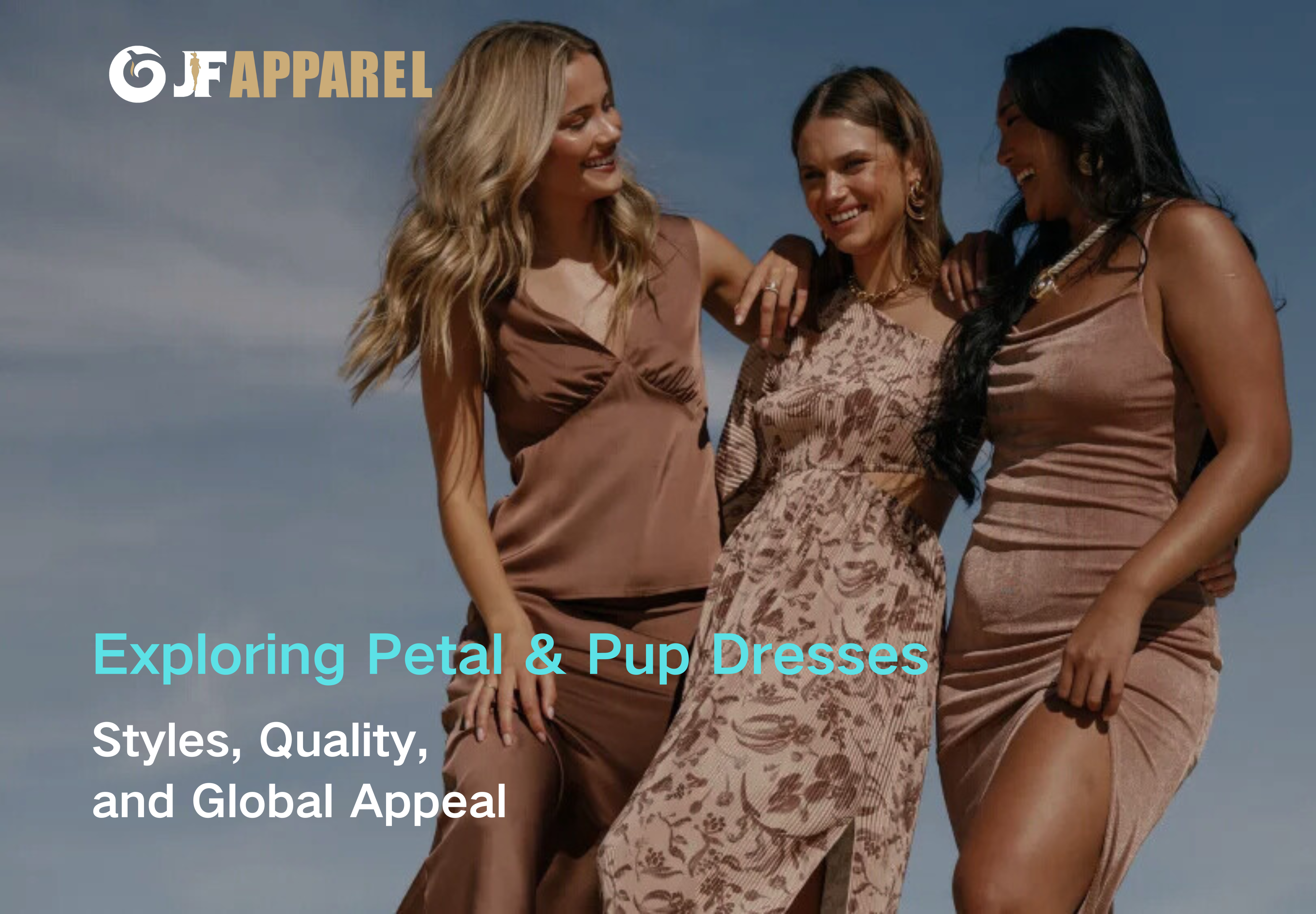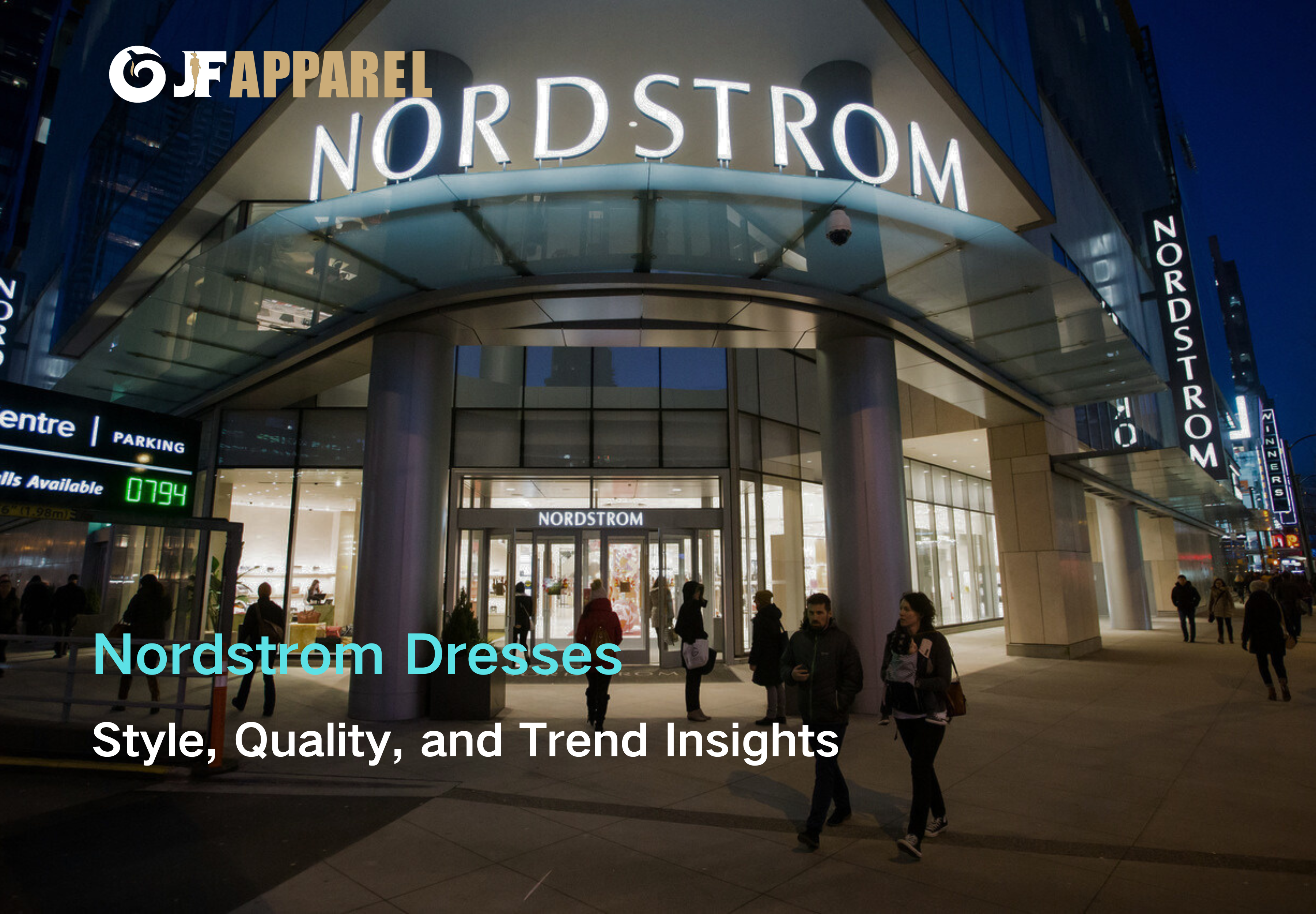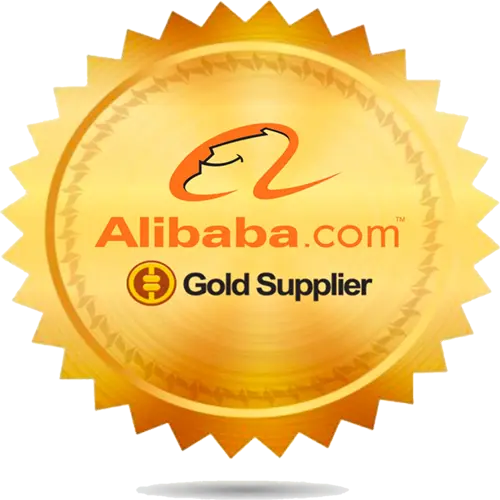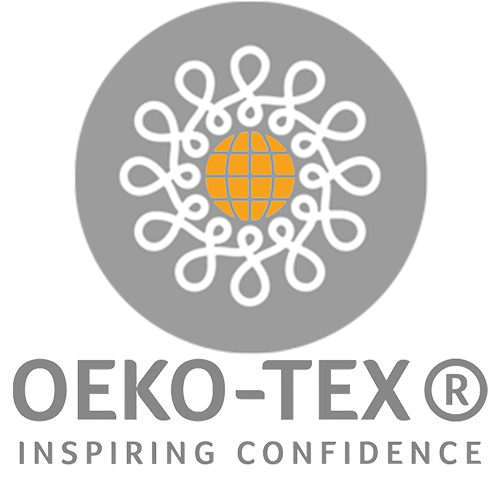Plush Fabric

Plush Fabric, also known as fleece fabric, is a luxurious textile renowned for its exceptional softness and comfort. It is widely used in high-end fashion apparel, home décor, and children’s toys. The unique texture and superior performance of Plush Fabric make it a preferred choice for designers and manufacturers.
Product Features
- Unmatched Softness
- Outstanding Warmth
- Vibrant Colors and Patterns
- Durability and Easy Care
- Eco-friendly and Safe
Special Techniques
Plush Fabric incorporates several advanced techniques that set it apart from ordinary fabrics:
Ultra-fine Fiber Technology: Plush Fabric is made using ultra-fine fibers, with a fiber diameter half that of ordinary fibers, significantly enhancing the softness and sheen of the fabric.
High-density Weaving: The high-density weaving technique ensures a tighter fabric structure, improving both warmth retention and durability.
Brushing Process: The unique brushing process gives Plush Fabric a softer and finer surface, providing a luxurious hand feel and elegant visual effect.
Eco-friendly Dyeing: The eco-friendly dyeing process ensures vibrant and long-lasting colors while reducing environmental impact. Each piece of Plush Fabric undergoes rigorous colorfastness testing to ensure it remains vivid after prolonged use.
Antimicrobial and Anti-static Finishes: Plush Fabric is treated with special antimicrobial and anti-static finishes, ensuring it is hygienic and comfortable, and effectively preventing static buildup.
Available colors

Application scope
- High-end Fashion Apparel: Suitable for winter coats, jackets, sweaters, and dresses, enhancing the overall texture and class of the garments.
- Luxurious Home Décor: Ideal for sofa covers, cushions, bedding, and more, adding warmth and comfort to home interiors.
- Premium Children’s Toys: Perfect for making plush toys, dolls, and other soft toys, ensuring safety and comfort for children.
Available clothing types
- short faux fur jacket
- tweed button dress
- Faux fur off-the-shoulder mini dress
- Velvet dress red

Differences from Ordinary Fabrics
- Softness: The ultra-fine fibers and brushing process of Plush Fabric make it significantly softer than ordinary fabrics, providing unparalleled comfort.
- Warmth: The high-density weave and thick structure give Plush Fabric superior warmth retention, making it ideal for winter wear.
- Durability: Plush Fabric’s high-density weave and durability ensure it maintains excellent condition even after long-term use, resisting pilling and wear.
- Colorfastness: The eco-friendly dyeing process and high colorfastness mean Plush Fabric remains bright and fresh after many washes, unlike ordinary fabrics that easily fade.
- Safety and Eco-friendliness: Made from 100% eco-friendly materials and treated with antimicrobial and anti-static finishes, Plush Fabric is safe for use in baby and children’s products, while ordinary fabrics may contain harmful chemicals.
Frequently Asked Questions
How does Plush Fabric maintain its softness?
- Plush Fabric is made with ultra-fine fibers and a unique brushing process, ensuring it remains soft even after multiple washes.
What types of apparel are best suited for Plush Fabric?
- Plush Fabric is particularly well-suited for high-end winter garments such as coats, sweaters, and dresses, significantly enhancing the texture and warmth of the clothing.
Is Plush Fabric eco-friendly?
- Yes, Plush Fabric is made from 100% eco-friendly materials, free from harmful chemicals, and compliant with international environmental standards.
Does Plush Fabric offer customizable colors and patterns?
- We offer a wide range of colors and patterns, and customization options are available to meet various design needs.
How does Plush Fabric perform in different weather conditions?
- Plush Fabric boasts excellent weather resistance, maintaining its softness and warmth in various conditions, making it ideal for winter use.
Plush Fabric: A Comprehensive Guide
Plush fabric is a soft and comfortable material with a surface resembling fur. It is made by inserting extra yarn into the weave or knit during production, creating a pile that can be cut into various lengths and shapes.

Popular since 1903 in the United States, plush fabric emerged as a cheaper and safer alternative to natural bear fur for teddy bear toys. Today, it is widely used by designers and clothing brands for various applications.
What is Plush Fabric?
Derived from the French word “peluche,” meaning “fluffy hair,” plush fabric is a woven or knitted material with a cut pile or nap on one or both sides. It can be made from natural fibers, synthetic fibers, or a blend of both.
Typical pile heights for plush fabrics range from 4 to 18 millimeters. The pile can take various shapes, such as straight, curly, wavy, or looped. Plush fabric can also feature different patterns, from simple solids or stripes to dots and even animal prints.
This article will explore plush fabric, its production methods, and its uses.
Types of Plush Fabric
There are many types of plush fabric available on the market, each with its unique characteristics and uses. Here are some common types:
Natural Plush Fabrics
Natural fibers such as wool, silk, cotton, and bamboo offer excellent qualities for plush fabrics, providing softness and breathability. While these fabrics have many benefits, they are typically more expensive and require more maintenance. Care should be taken to prevent wrinkling when using natural plush fabrics.
Synthetic Plush Fabrics
Synthetic plush fabrics made from polyester, nylon, and rayon are more affordable alternatives to natural plush. These fabrics are more durable and require less maintenance. However, they are less breathable and prone to pilling. Additionally, synthetic plush fabrics are not the most eco-friendly options.
Blended Plush Fabrics
Blended plush fabrics combine the benefits of both natural and synthetic plush materials. They offer the softness and breathability of natural fibers and the durability and abrasion resistance of synthetic fibers. However, these fabrics can be more challenging to clean and dry compared to pure natural or synthetic plush fabrics.
Pros and Cons of Plush Fabric
Before purchasing or using plush fabric, it is essential to consider its various advantages and disadvantages. Here are some of the key points:
Pros
- Smooth texture and comfortable feel: Plush fabric offers a luxurious feel and is very comfortable to wear.
- Warmth: The warmth provided by plush fabric makes it cozy without adding too much weight or bulk.
- High quality and durability: When properly cared for, plush fabric maintains its high quality and lasts a long time.
- Versatility: Plush fabric is highly adaptable and can be used for a wide range of applications.
- Variety: Plush textiles come in diverse colors, patterns, and textures.
These advantages allow designers and clothing brands to create attractive and comfortable products that cater to different customer needs and preferences.
Cons
- Cost: Plush fabric can be expensive, especially when made from natural fibers.
- Care: Maintaining plush fabric can be challenging, as its size, color, or shape may change after washing or drying.
- Pilling, shedding, or matting: These issues can affect the appearance, particularly with synthetic fibers.
- Breathability: Plush fabric is less breathable compared to other fabrics, which can lead to overheating or sweating, reducing comfort.
- Environmental impact: Plush fabric may have a negative environmental impact, as it can use more resources or generate more waste than other fabrics.
These disadvantages can make plush fabric a less ideal choice for designers or clothing brands due to higher costs, lower quality, or reduced customer satisfaction.
Conclusion

Plush fabric offers a soft and fluffy surface, making it perfect for creating comfortable and stylish clothing and home items. Despite some drawbacks, it has become a mainstream fabric in the fashion industry. Its wide range of textures, shapes, and lengths caters to diverse needs and preferences.
Plush fabric is an excellent material for designers and brands, enabling the creation of warm, durable, comfortable, and visually appealing products that meet customers’ comfort and aesthetic requirements. It’s no wonder this fabric has remained popular for so long.










